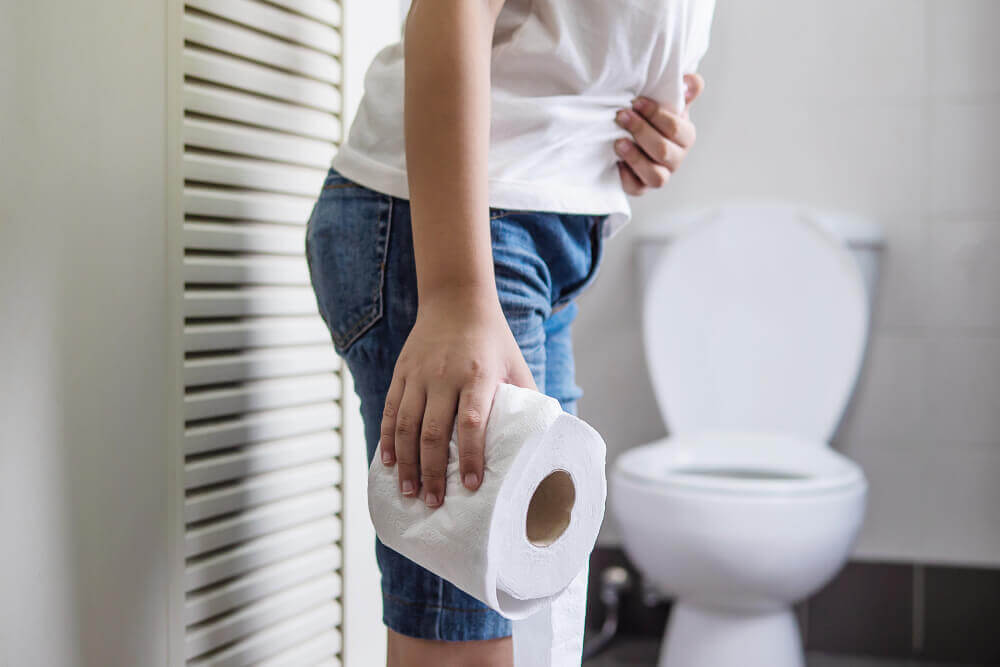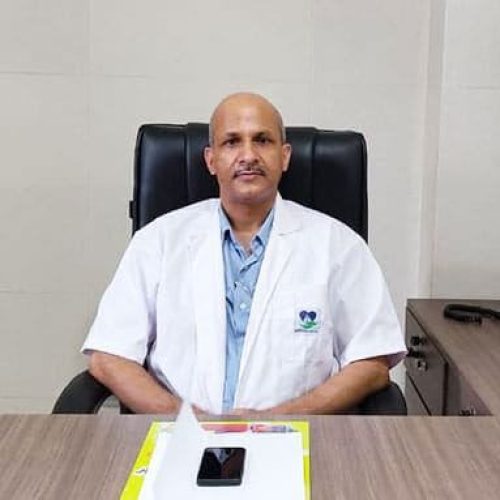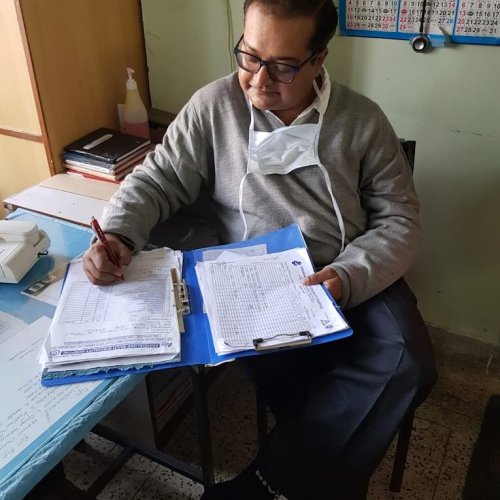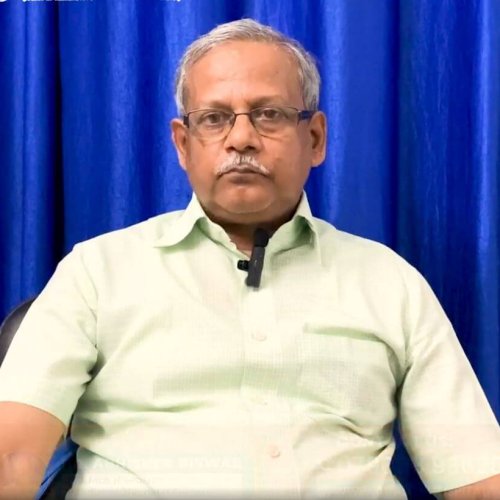Connecting You to Excellence: Discover Top 10 Piles Doctor In Siliguri with Our Expert Directory!

Embark on a journey to discover the Best Piles Doctors In Siliguri, meticulously assessed for expertise, trust, and excellence. Our carefully curated list guarantees the best based on age, reputation, service quality, and customer satisfaction. Your quest for ‘Piles Doctor near me’ concludes here, with verified businesses adorned with a badge of trust. Stay seamlessly connected with regularly updated contact and business information for your convenience. Experience excellence in piles treatment care, exclusively featured in the best. Your trusted resource for Piles Specialist Doctors in Siliguri awaits.
List of Best Piles Specialist Doctor In Siliguri

Dr Sourav Dhar
General Surgeon
C/o Mukta Healthcare, Medical More, Sarada Pally, Shivmandir, Siliguri, West Bengal 734011

Dr. Bhim Dahal
General Surgeon
Kins Hospital Sevoke More, Hill Cart Rd, Siliguri, West Bengal 734001

Dr. Bijay Kumar Agarwal
General Surgeon
C/o Pragati Nursing Home, Ward No 40, Iskcon Mandir Road, Ektiasal, Siliguri – 734008 (Near Baneswar More)

Dr. J. S. Roy Basunia
General Surgeon
Mukunda medical hall. Opposite siliguri district hospital. Dist Darjeeling, West Bengal, 734001

Dr. Anshuman Das
General Surgeon
Paresh Nagar, Sevoke Rd, Ward 44, Dasrath Pally, 2nd Mile, Siliguri, West Bengal 734001

Dr. Abhishek Biswas
General Surgeon
Avalon Hospital, Paribahan Nagar Matigara, near City Center, Siliguri, West Bengal 734010
Understanding Piles: Causes, Treatment, and Recovery
Piles, or hemorrhoids, are a common but often misunderstood health concern. In this comprehensive guide, we’ll explore the causes, symptoms, and various treatment options for piles, including when surgery becomes a necessary consideration. Additionally, we’ll delve into the diagnostic procedures before piles surgery and discuss the recovery process post-treatment.
Understanding Piles:
Causes:
Piles can result from a variety of factors, including chronic constipation, straining during bowel movements, a sedentary lifestyle, pregnancy, obesity, and aging. Increased pressure on the veins in the rectal area leads to swelling and the formation of piles.
Symptoms:
Symptoms vary based on severity and location, ranging from rectal bleeding and itching to pain, swelling, and mucus discharge. Internal piles may not show noticeable symptoms, while external piles can cause pain, swelling, and irritation around the anus.
Types of Piles Treatment:
Self-Care Measures:
1. Increasing Fiber Intake: A high-fiber diet softens stool, reducing strain.
2. Adequate Hydration: Proper fluids prevent constipation.
3. Good Toilet Habits: Avoid excessive straining, use soft toilet paper, and try sitz baths.
4. Topical Treatments: Over-the-counter creams or ointments provide relief from itching and pain.
Medications:
1. Oral Pain Relievers: Non-prescription options like acetaminophen or ibuprofen alleviate pain.
2. Topical Anesthetics: Creams or ointments with local anesthetics numb the area temporarily.
Procedures:
1. Rubber Band Ligation: Small rubber bands restrict blood flow, causing shrinkage.
2. Sclerotherapy: Injection of a chemical solution induces shrinkage.
3. Infrared Coagulation: Infrared light coagulates blood vessels, shrinking the hemorrhoid.
4. Hemorrhoidectomy: Surgical removal for severe or persistent cases.
When Do Piles Need Surgery?
Surgery is considered when conservative treatments prove ineffective or in severe cases. Situations include large external hemorrhoids, prolapsed internal hemorrhoids, chronic bleeding, thrombosed hemorrhoids, and persistent symptoms despite other treatments.
Diagnosis and Tests Before Piles Surgery:
Before surgery, a healthcare professional may conduct:
1. Medical History and Physical Examination.
2. Digital Rectal Examination (DRE).
3. Visual Inspection using anoscope.
4. Proctoscopy or Sigmoidoscopy.
5. Colonoscopy if needed.
These tests help determine the severity and the most suitable treatment approach.
How Piles Operation is Done:
1. Anesthesia:** General or regional anesthesia is administered.
2.Positioning:** Patient positioned on an operating table.
3.Incision:** Surgeon makes incisions around the anal area.
4.Hemorrhoid Removal:** Hemorrhoids are cut or excised.
5.Control of Bleeding:** Techniques like cauterization or sutures control bleeding.
6.Closure of Incisions:** Sutures or surgical staples close incisions.
7. Dressing and Recovery:** Sterile dressing applied, and the patient is monitored in the recovery area.
Benefits of Piles Surgery:
1. Relief from Symptoms.
2. Effective Treatment.
3. Long-Term Resolution.
4. Improved Bowel Movements.
5. Reduced Risk of Complications.
6. Enhanced Quality of Life.
Piles Surgery Side-Effects:
Potential side effects include pain, bleeding, infection, urinary issues, constipation, and scarring. These should be discussed with your healthcare professional before surgery.
How to Recover After Piles Treatment:
Recovery involves pain management, hygiene, and wound care, a high-fiber diet, adequate hydration, stool softeners if needed, light physical activity, and attending follow-up appointments. Recovery time varies based on the treatment type.
Conclusion:
Understanding piles, its causes, and available treatments is crucial for making informed decisions about your health. If you’re considering piles surgery, consult with a healthcare professional who can guide you through the process and provide personalized recommendations tailored to your specific needs. Remember, a mindful approach to recovery is key to ensuring a smooth and successful healing process.
